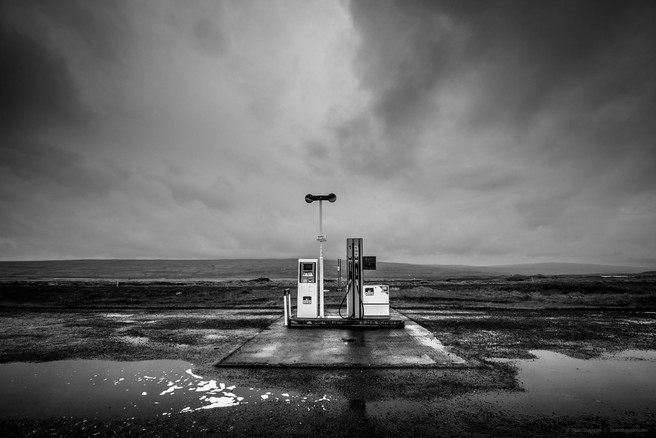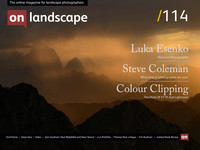Active participation in an image

Thomas Peck
The real pleasure of photography is that it forces me to slow down and really look. That’s never easy in our rushed world, so a chance to stop, look and see is truly valuable.
The best photographs leave something to the imagination, they leave room for the viewer wrote David Ward
In an article "Leaving room… Where does the viewer live?" (OnLandscape, issue 65) David Ward goes on to explain that to capture the viewer’s attention, images pose questions without necessarily providing any answers; they tend to be slightly ambiguous and are open to interpretation. It is not enough to be a passive viewer in front of such images but rather there needs to be active participation. Images which work on the former level tend to remain superficial. Images which describe a scene and yet do not explain it, which ask the viewer to question it, have more chance of depth of meaning.
This concept, of active participation in an image, is much easier to understand in the realm of portraiture. It is deeply engrained in all of us to question the human face: we automatically look for clues to the sitter’s history, their emotional state, their social context etc. It is perhaps slightly harder to do this with landscape but Seán Duggan’s image of a petrol station in Iceland is an excellent example of the questioning photograph, with ample room for viewer interpretation.

Sean Duggan, Petrol Station at the End of the World

